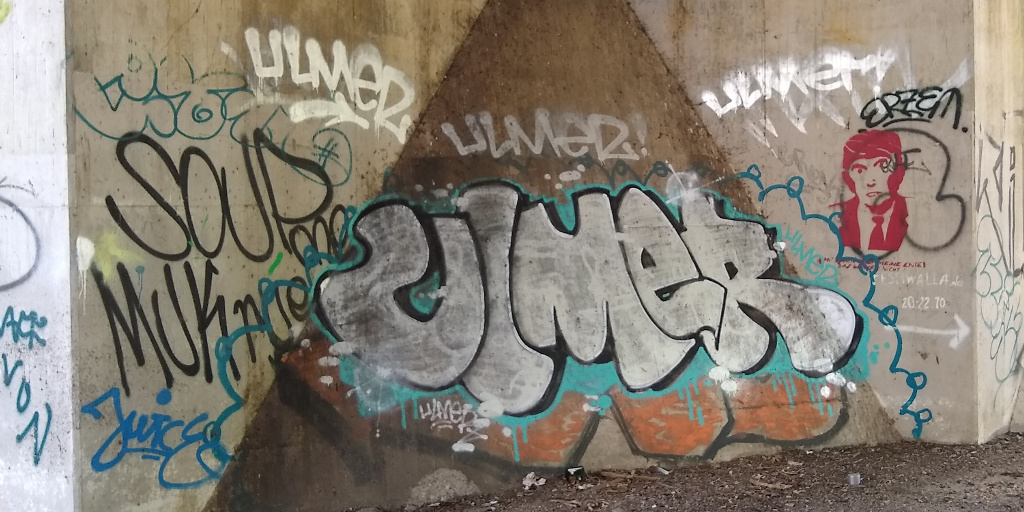I’ve had some success in grant proposals with research designs for human-centered software engineering that follow the following (common) pattern. It is a three-step of
- Structured literature review (to create an initial theory),
- Action research (to build out the quickly evolving theory), and
- Case study research (to conclude by evaluating the theory)
I won a couple of one-person (Ph.D. student, i.e. three years of work) grants with this, but execution has been harder than expected. The skilled observer (e.g. experienced principal investigator) may have an obvious reaction, an issue I also wondered about: How much of action research and case study can a single person actually get done? It turned out, this isn’t the key question, at least not if you want to get the work done in three years.
The hidden trap is the time it takes to perform the structured literature review (SLR). An SLR done well easily consumes a full year, leaving insufficient time for both action and case study research within the assumed time frame.
For one, the Ph.D. student often has to learn the methods, which are at least the SLR method. The most common type of SLR in computer science, Kitchenham’s approach, is mumm on data synthesis, i.e. the actual theory building. Hence students have to learn a qualitative data analysis (QDA) method like thematic coding as well. Until the student got proficient in these methods + quality assurance practices, a year has come and gone. This leaves less then expected room for an extensive theory build-out and evaluation.
Unless we can expand the time frame to four years, this research design is too much for one person. My attempts at funding two people through a grant proposal based on this pattern also didn’t work, because it was considered too costly–one person should be sufficient. But it is not, as just explained.








Leave a Reply